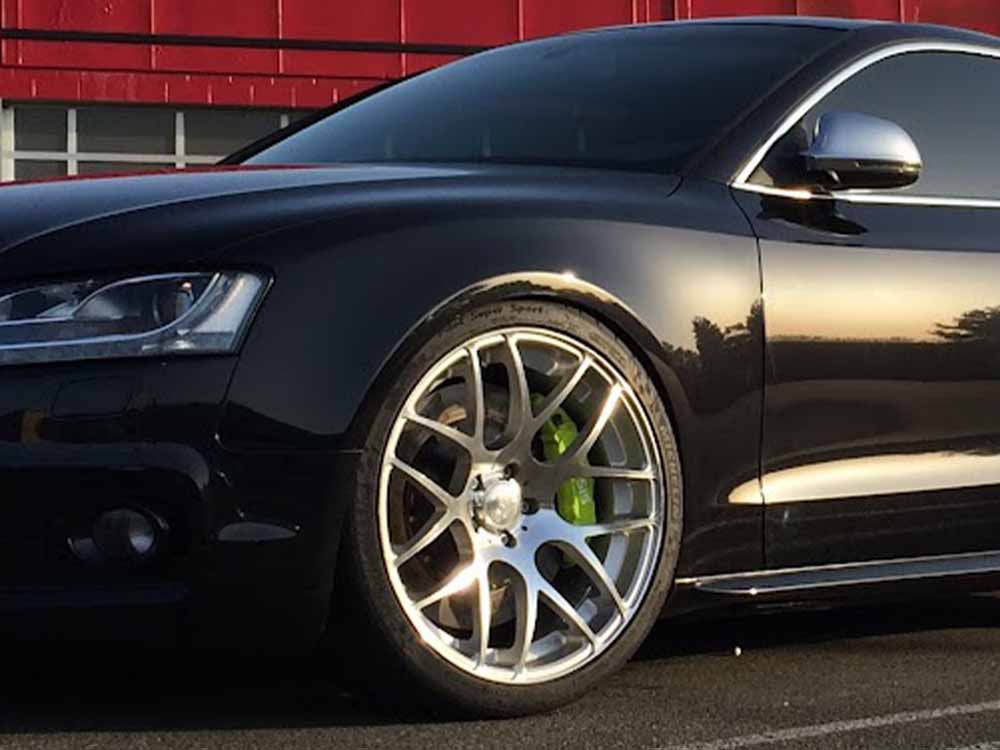DIY Car Concept and Design
The concept and design phase of a DIY car project in 2008 involved extensive planning and consideration of various factors. Builders typically started with a clear vision of the type of vehicle they wanted to create, whether it was a custom sports car, electric vehicle, or a modified version of an existing model.
During this phase, enthusiasts would sketch designs, create 3D models, and determine the specifications for the DIY car. Decisions regarding the chassis, body materials, and overall aesthetics were crucial in shaping the final product.
Chassis and Frame Construction
The chassis serves as the structural foundation of the car, providing support for the vehicle’s components and ensuring stability. DIY car builders in 2008 often fabricated their own chassis or modified existing ones. Materials like steel and aluminum were commonly used for their strength and durability.
Welding and metalworking skills were essential during this phase, as precise construction was necessary to guarantee the safety and integrity of the vehicle. Builders had to consider factors such as weight distribution, aerodynamics, and suspension design to achieve optimal performance.
Powertrain and Engine
Selecting the right powertrain and engine was a critical decision in the DIY car-building process. Some builders opted for traditional internal combustion engines, while others embraced emerging technologies like electric or hybrid powertrains.
For those using internal combustion engines, choices ranged from modifying existing car engines to building custom powerplants. Electric vehicle enthusiasts faced challenges related to battery technology, motor selection, and creating an efficient charging system.
Electronics and Control Systems
The integration of electronics and control systems became increasingly important in 2008. DIY car builders had to address issues related to engine management, electronic fuel injection, and advanced safety features. This phase required expertise in automotive electronics and programming skills.
Customizing the dashboard, entertainment systems, and connectivity options were also part of this stage. Some builders incorporated advanced features like GPS navigation, Bluetooth connectivity, and digital displays to enhance the overall driving experience.
Bodywork and Exterior
The exterior design and bodywork of the DIY car were critical for both aesthetics and functionality. Builders had the option to create custom body panels from materials like fiberglass or carbon fiber. Attention to detail in shaping the vehicle’s exterior not only affected its appearance but also played a role in aerodynamics and overall performance.
Painting and finishing touches were significant in giving the DIY car a polished and professional look. Some builders chose to showcase unique paint jobs or vinyl wraps to express their individuality.
Conclusion
Building a DIY car in 2008 was a multifaceted endeavor that required a blend of mechanical, electrical, and design skills. Enthusiasts embraced the challenge, pushing the boundaries of automotive innovation and contributing to the growing DIY and maker culture. The details provided here offer a glimpse into the complexity and creativity involved in crafting a custom vehicle during that time.











